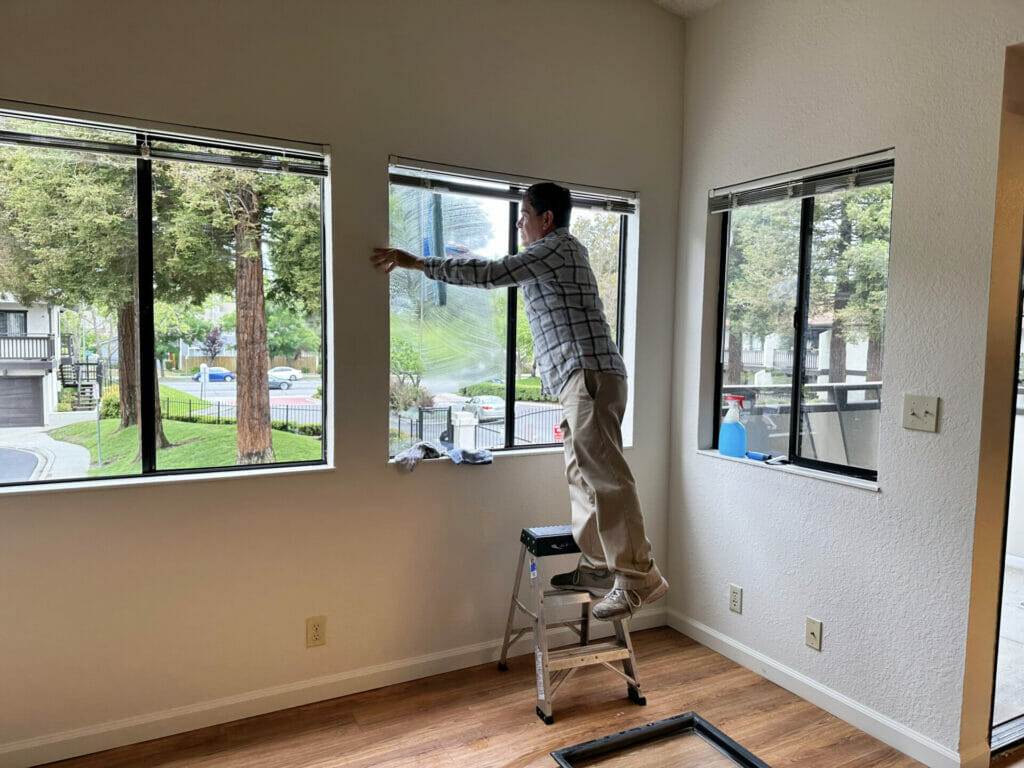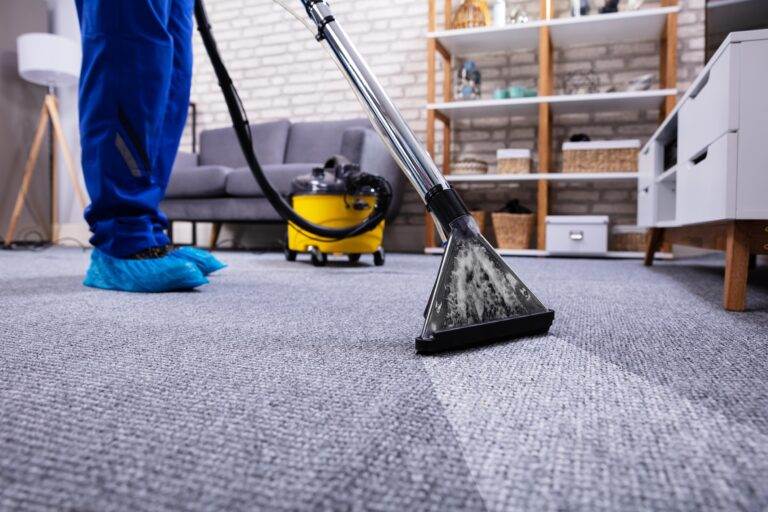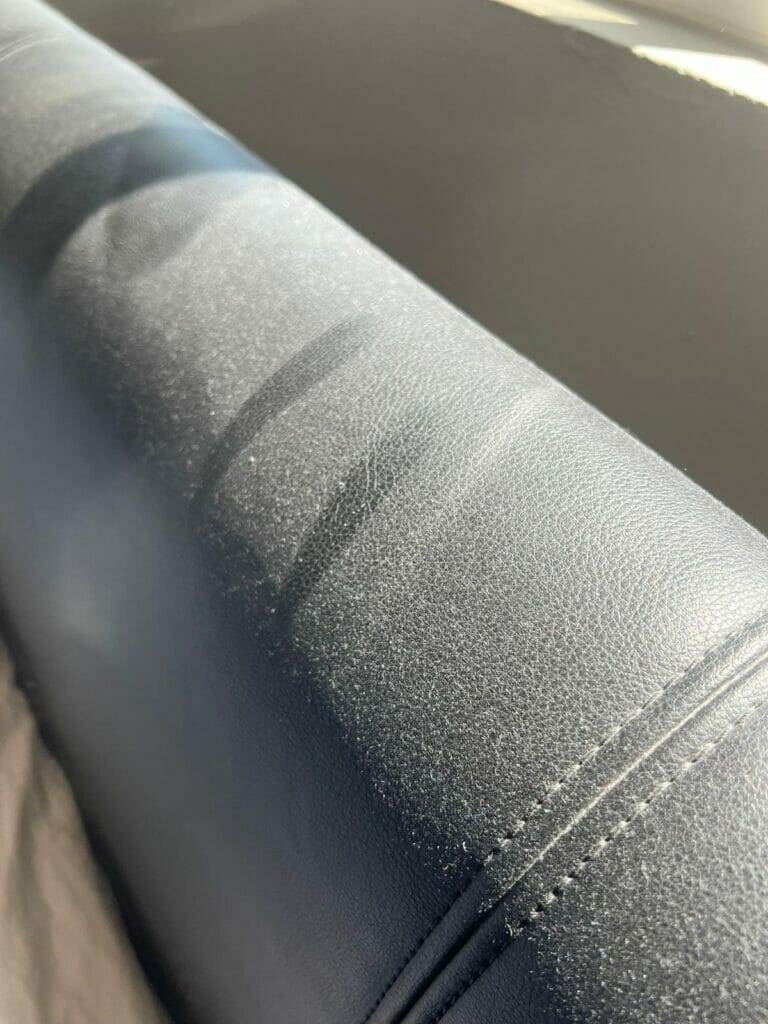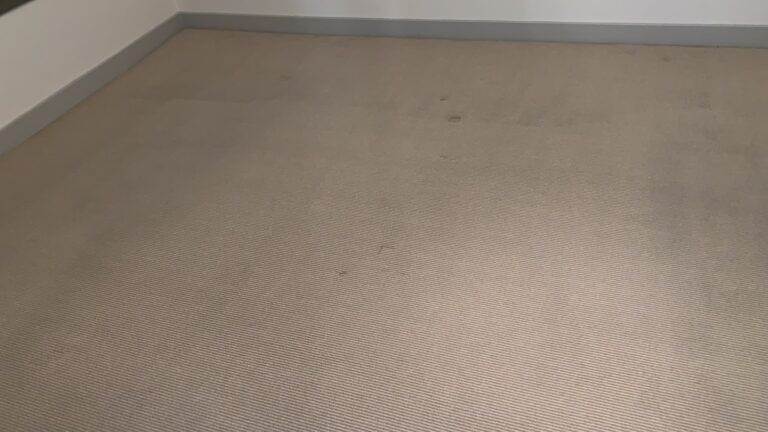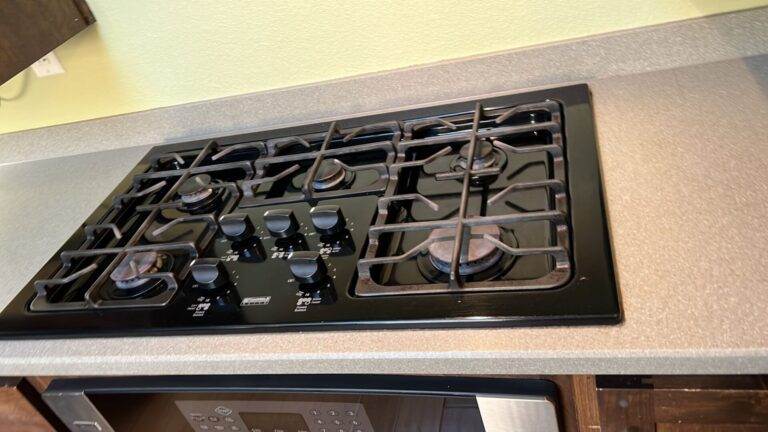What Are Allergens and How Do They Affect You?
Allergens are typically harmless substances that can cause a reaction in people who are allergic to them. These can include things like pollen, dust mites, mold spores, pet dander, and certain foods. When an allergic individual encounters an allergen, their immune system overreacts and treats the substance as if it were harmful. This triggers a series of responses including the release of histamines which results in symptoms such as sneezing, itching, runny nose, and watery eyes. In severe cases, exposure to allergens could lead to life-threatening reactions like anaphylaxis. Understanding what allergens trigger your reactions is key for managing allergies effectively.

Identifying Common Indoor Allergens in Your Home
Identifying indoor allergens is a crucial step in creating a healthy home environment. Common indoor allergens include dust mites, pet dander, mold spores, and cockroach droppings, all of which can trigger allergic reactions. Dust mites thrive in bedding and upholstered furniture while pet dander can accumulate on various surfaces. Mold spores are often found in damp areas like basements or bathrooms. Cockroaches can inhabit various hidden corners of your house. Regular cleaning can help minimize the presence of these allergens and reduce allergy symptoms.
Outdoor Allergens: How to Minimize Exposure
Minimizing exposure to outdoor allergens involves a blend of preventive measures and adaptive behaviors. Stay updated on local allergy forecasts, which can signal high pollen or mold spore levels. When these are elevated, limit your time outdoors, especially during peak hours, typically morning for pollen and evening for mold. Optimize your indoor environment by keeping windows closed, using air purifiers, and regularly cleaning surfaces to reduce allergen buildup. Personal hygiene also plays a key role—bathe and change clothes after being outside to wash away any allergens that may have adhered to you. A healthy lifestyle with a balanced diet and regular exercise can also strengthen the immune system, helping the body better combat allergenic reactions.
Allergy-Proofing Your Home: Tips and Tricks
Absolutely, individuals who suffer from allergies and asthma can significantly benefit from allergy-proofing their homes. Prevention is key in managing these conditions where allergens act as triggers.
For allergy sufferers, it’s critical to frequently wash bedding in hot water to kill dust mites, use dust-mite-proof covers on mattresses and pillows, and reduce clutter where dust can accumulate. Regular vacuuming using a cleaner with a HEPA filter can help reduce allergens like pet dander, dust mites, and pollen on floors and upholstery.
Asthmatics may have flare-ups triggered by airborne irritants such as smoke, strong odors or chemicals. To prevent this, it’s advised to keep windows closed during high pollen times, avoid smoking indoors and limit the use of scented candles or air fresheners. Air purifiers with HEPA filters are also highly beneficial for asthmatics as they remove small particles that can irritate the lungs.
People who have allergic reactions should be extra vigilant about mold spores. Damp areas like bathrooms and basements should be kept dry and clean, indoor plants should be limited (as they may harbor mold), leaky faucets or pipes should be fixed promptly and use of dehumidifiers is recommended in damp spaces.
By taking these steps towards reducing exposure to allergens at home, those suffering from allergies or asthma can experience improved health outcomes and increased comfort in their living environment.
The Relationship Between Allergens and Asthma
Allergens are substances that can provoke an immune response, resulting in allergic reactions. They are not only found outdoors but can also enter your home. For people with asthma and allergies, exposure to specific allergens may cause inflammation and constriction of their airways. This reaction leads to unpleasant symptoms such as wheezing, shortness of breath, chest tightness, and coughing.
Among the most common allergens are dust mites, pet dander, pollen, mold spores, and certain types of food. These elements can trigger or exacerbate asthma and allergic symptoms. Therefore, recognizing these triggers and avoiding buildup of allergens whenever possible is crucial for managing asthma effectively. By doing so, individuals with this condition can reduce symptom occurrence and prevent frequent asthmatic episodes.
Reducing Allergens in Every Room of Your Home
When allergy season rolls around, many people start to feel their symptoms flare up. These can range from sniffles and sneezes to more severe reactions. It’s important to note that allergens aren’t just lurking outside your home — they’re also inside. Thankfully, there are proactive steps you can make your home allergy-proof your home and potentially alleviate some of these symptoms.
Airborne allergens like dust mites, pet dander, and mold spores can find their way into every areas of the house. They settle on surfaces, embed in fabrics, and float through the air, causing a constant presence of potential irritants. No room is immune; these allergens spread throughout the house – from bedrooms and bathrooms to kitchens and living rooms.
To reduce the impact of these unseen invaders, it’s essential to maintain a regular cleaning schedule. Regular vacuuming with a HEPA filter vacuum cleaner can help remove allergen particles from carpets and furniture. Likewise, frequent washing of bedding in hot water can kill dust mites that often reside there.
Additionally, consider investing in high-quality air purifiers for rooms where you spend most of your time. These devices work by trapping airborne particles before they have a chance to settle on surfaces or be breathed into our lungs.
For people with pet allergies, additional precautions may reduce allergens. Pets can shed dander, fur, and saliva—all of which can act as allergens. Minimizing your contact with pets—particularly in areas where you sleep or spend a lot of time—can help reduce your exposure to these allergens.
Ensuring that pets are bathed and groomed regularly can also help keep their dander under control. It’s important to remember that grooming should ideally be performed by someone other than the allergy sufferer or done in a well-ventilated area.
As much as possible, try to keep pets off furniture and out of bedrooms entirely. This helps ensure that your sleeping area remains free from potential irritants. If this isn’t feasible, consider getting allergy-proof covers for mattresses and pillows—they’re designed to prevent allergens from collecting where you rest your head.
Air purifiers can also be beneficial for pet owners dealing with allergies — look for ones specifically designed to handle pet dander. Lastly, regular vacuuming will help pick up any stray hairs or dust floating around.
By following these tips and making adjustments tailored to your specific needs, you could make significant strides toward creating a comfortable living environment despite having allergies.
It may be worth considering adjusting your lifestyle slightly during allergy season: Keep windows closed to prevent pollen from entering; bathe outdoor pets more frequently than usual; avoid hanging laundry outside where it might gather pollen; shower before bed so you don’t bring any outdoor allergens into the bedroom.
By taking steps towards creating an allergy-proof environment within your own four walls could witness a significant reduction in allergic reactions during the dreaded allergy season. Remember: Every bit helps when combating allergens throughout the home!
Bedroom
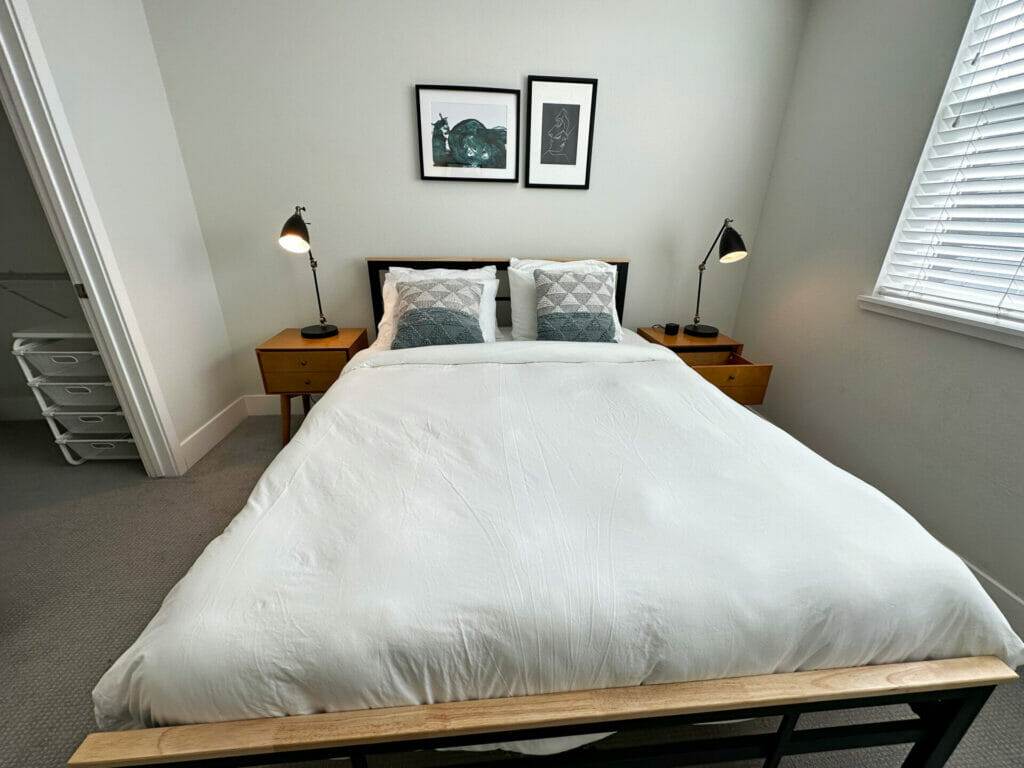
Bedrooms often harbor a surprising number of allergens, making them hotspots for discomfort no matter the size of the room, particularly for those with allergies and asthma. If you’re experiencing allergy symptoms, consider reducing exposure to stuffed animals or wash them regularly. Dust tends to settle on these cute creatures and washing can prevent allergens from building up.
For allergens in your bedroom consider using an air purifier in your room or throughout your house to further minimize irritants. Hardwood floors may greatly help in reducing these irritants compared to carpets where dust settles around your house, which tend to trap and hold dust, pet dander, and other allergens. Hardwood surfaces are easier to clean thoroughly, allowing frequent removal of any accumulated allergens.
Additionally, replacing regular curtains with washable ones can dramatically reduce the amount of dust and airborne particles clinging onto the fabric. Regular washing ensures that these harmful particles do not accumulate over time.
Therefore, by incorporating hardwood floors and washable curtains into your bedroom décor, you’re taking significant steps towards creating an allergy-friendly environment.
- Use Washable Bedding: Encase pillowcases, mattresses, and box springs in dust-proof covers. Use washable bedding and wash it regularly (at least once a week) in hot water to help prevent and kill dust mites.
- Keep Humidity Low: Dust mites thrive in humid environments. Use air conditioning, and/or dehumidifiers to keep the humidity level below 50%.
- Clean Regularly: Vacuuming at least once a week helps reduce the amount accumulated allergens. For best results, use a vacuum cleaner with a high-efficiency particulate air (HEPA) filter.
Living Room
This room often collects various allergens such as pet dander, pollen brought from outside, and dust mites.
- Use Air Conditioners: They not only cool down the temperature but also filter out airborne pollen and reduce humidity levels making indoor air less hospitable for certain allergens.
- Limit Pets: If you have pets, consider limiting their access to the living room or at least keep them off the furniture.
- Clean Surfaces Often: Frequently wipe down surfaces including tables and bookshelves where dust can gather. Remember to wear a dust mask or any mask when cleaning.

Kitchen
Cooking areas can harbor mold and food particles which can cause allergic reactions.
- Proper Ventilation: Ensure proper ventilation by using an exhaust fan when cooking or washing dishes to limit moisture.
- Regular Cleaning: Clean moldy rubber seals around refrigerators to prevent dust mites and mold growth and be sure to clean up any food spills immediately.
- Trash Management: Regularly empty and clean trash cans often to avoid attracting pests like mice or cockroaches that carry allergenic proteins.

Bathroom
Bathrooms are prime and perfect environment for mold and mildew due to their damp nature.
- Reduce Moisture Levels: After showering or bathing, leave doors and windows open when possible to reduce condensation or use an exhaust fan to reduce moisture levels quickly to prevent mold.
- Regular Cleaning: Clean bathroom surfaces weekly with mold-killing products.
Remember that consistency is key when dealing with home allergens. Regular cleaning routines combined with strategic use of appliances like air conditioners or dehumidifiers can significantly improve your home’s comfort for anyone with allergies.
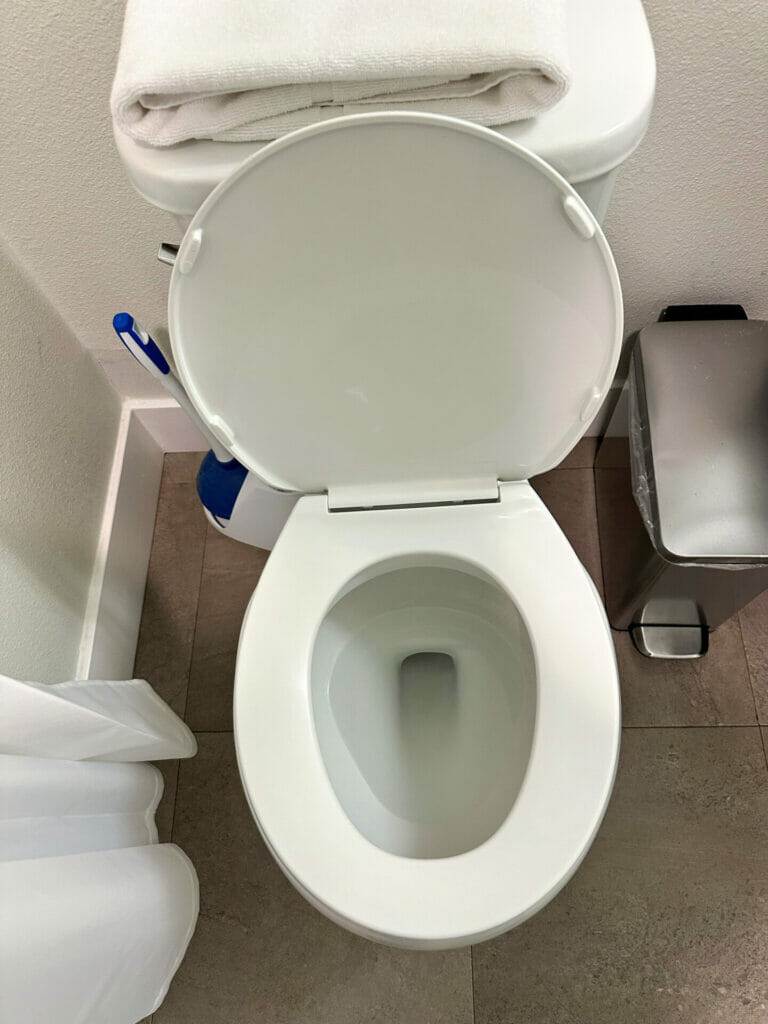
Easy Ways to Reduce Allergens in Your Home
Using Air Purifiers to Improve Indoor Air Quality
Air purifiers play a pivotal role in enhancing the quality of indoor air, providing a clean and safe environment for inhabitants. These devices work by removing pollutants such as dust, allergens, bacteria, and harmful airborne chemicals from the air. With an efficient air purification system in place, individuals can breathe easier and reduce the risk of health issues related to poor indoor air quality. Thus, utilizing an air purifier is a practical and effective measure to ensure better indoor air health.
How to Filter Out Allergens Using HVAC Systems
Certainly, understanding the significance of HVAC systems in filtering allergens can create a healthier environment in your home.
HVAC systems play a crucial role in maintaining indoor air quality by reducing the presence of allergens such as dust mites, pollen, mold spores, and pet dander. The first step is to upgrade your air filters. Standard fiberglass filters may not be sufficient – instead, opt for high-efficiency particulate air (HEPA) filters which have a greater capacity to capture small particles. Regular maintenance of the HVAC system, including cleaning and replacing filters every 2-3 months or as recommended by the manufacturer, is also crucial. In addition to this, consider investing in an air purifier with a HEPA filter to work alongside your HVAC system for maximum allergen reduction. UV light installation inside the HVAC unit can help kill bacteria and mold that could potentially circulate around your home. Lastly, keep up with routine duct cleaning to ensure no allergens are lurking within your system.
Reducing Allergens in Carpet, Rugs, and Upholstery
Controlling allergens in your home is crucial for maintaining a healthy environment, particularly for those who are prone to allergies. Regularly cleaning carpets, rugs, and upholstery can significantly cut down the accumulation of dust mites, pet dander, mold spores, and other common allergens. It’s crucial to vacuum frequently, use hypoallergenic products wherever possible and consider professional deep-cleaning periodically.
Professional services like Master Clean Service Bay Area specialize in this job. They have highly skilled technicians who help reduce embedded allergens effectively from your interiors. Their comprehensive cleaning approach not only cleans but also deodorizes and disinfects your carpets, rugs, and upholstery, thus providing you with a cleaner, healthier living space.
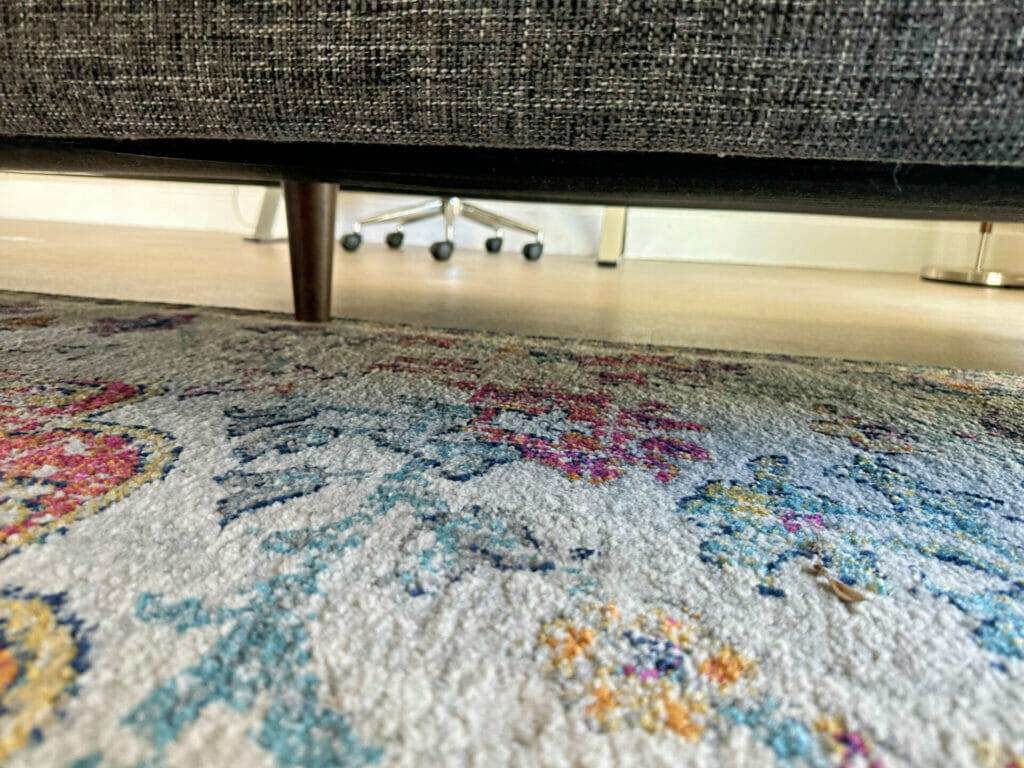
The Importance of Regularly Washing Bedding to Minimize Allergen Exposure
Regular cleaning and washing of bedding is not just about maintaining freshness but also plays a crucial role in minimizing allergen exposure. Over time, bedding can collect dust mites, pet dander, pollen, and other microscopic particles that are often invisible to the naked eye. When these allergens build up, they can get released into the air and worsen existing respiratory conditions such as asthma or allergies. The simple act of moving in bed can stir up these particles making them easily inhalable and potentially triggering allergic reactions or asthma attacks. Thus, regular laundering of sheets, blankets, pillowcases, and comforters is essential for maintaining a healthier sleeping environment and reducing allergen exposure.
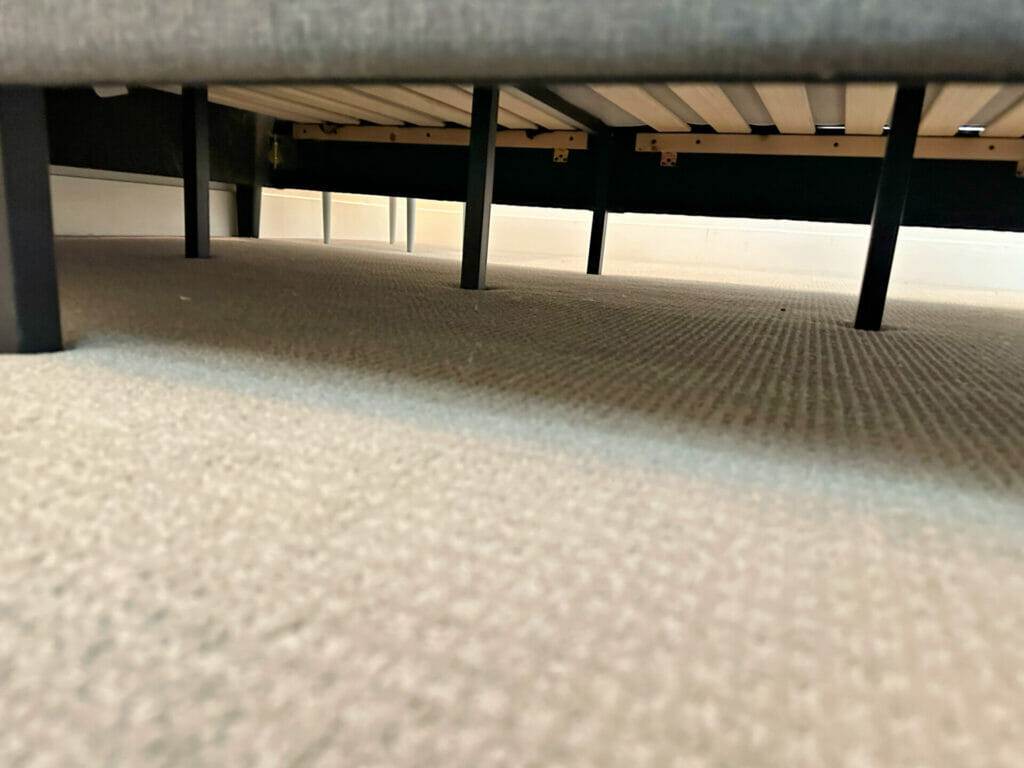
Removing Allergens From Curtains, Drapes, and Blinds
To remove allergens from curtains, drapes, and blinds, regular cleaning is essential. Start by removing dust with a dry cloth or vacuum cleaner using the brush attachment. For fabric-based window treatments like curtains and drapes, consider machine washing if the material allows, or steam cleaning for delicate fabrics. Blinds can be cleaned using a damp cloth and mild dish soap. Additionally, to further reduce allergens, consider using allergy-resistant window treatments or regularly applying an anti-allergen spray designed for fabrics.
